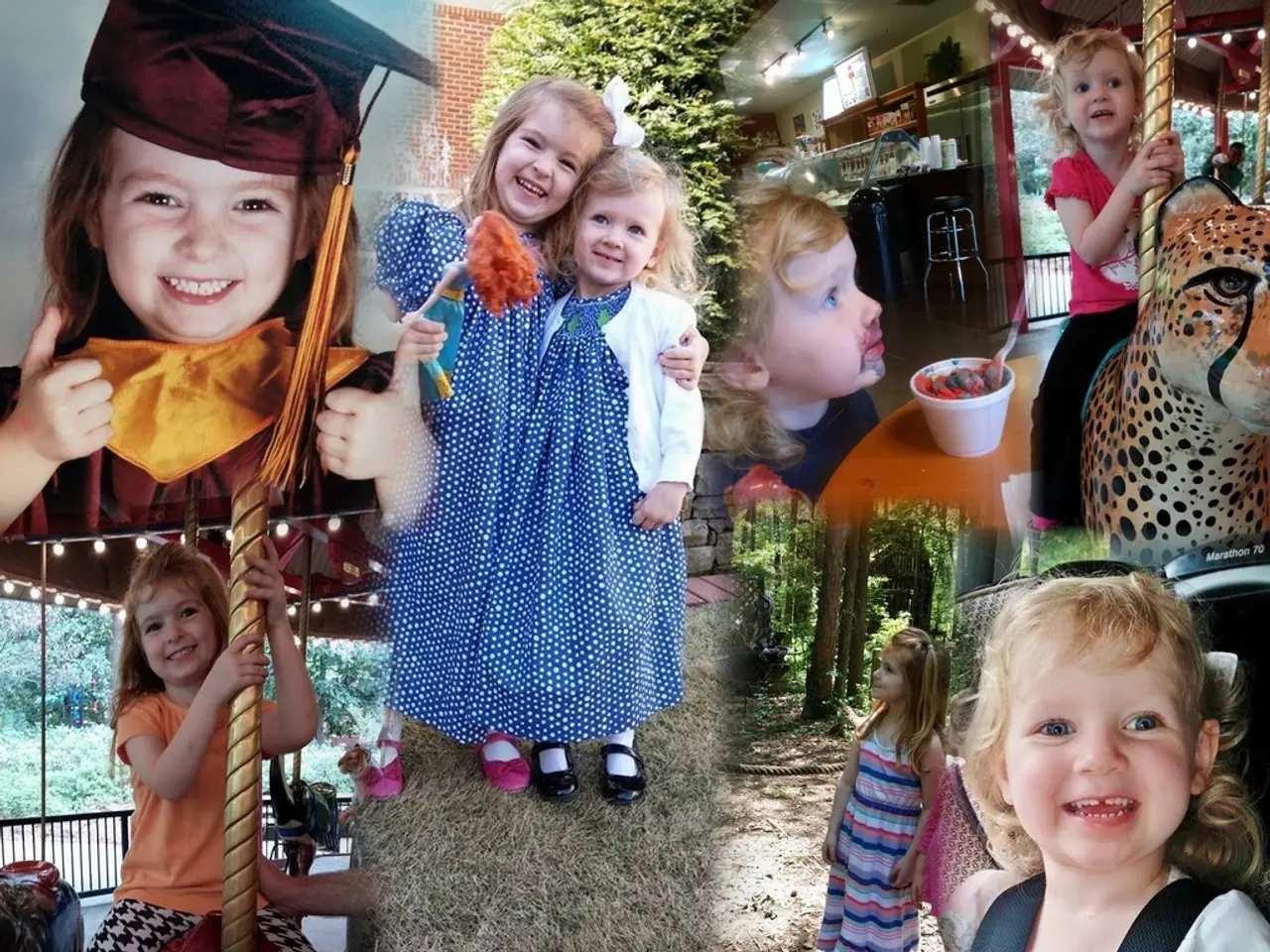Enjoyment and bonding amidst the beauty of the outdoors.
In a unique approach to education, a school group for children with profound and multiple learning needs has significantly influenced the planning of a forest school session. The approach to the session has been altered to explore the world through the senses, catering to students who are visually or audibly impaired, and others who are not tactile.
Dr. Amy-Jane Beer, an esteemed expert in the field, recently spoke about the importance of names in connecting with nature. She emphasised that naming animals, such as tigers, turns them into recognizable personalities rather than just another species. This emotional engagement can foster a deeper connection with the natural world, making conservation more relatable and personal.
Last week's nature summit offered an opportunity for reflection on personal sustainability, and Dr. Beer's insights have been instrumental in the ongoing discussions. The speaker has since teamed up with Lucy to deliver school sessions in Ipswich primary schools, spreading the message of the importance of naming wildlife.
In these sessions, adaptation, flowers, and pollination have been recurring themes. The author, inspired by these sessions, has been inspired to create their own nature pond using an old plant pot. They look forward to seeing what species settle in their pond as the summer arrives.
The Suffolk show offered an opportunity to engage with a large number of people over two days. Two main activities offered were bug hunting and pond dipping, which allowed families to enjoy the natural environment together. A variety of invertebrates were found in the pond, wood chippings, and among the ox-eye daisies during the show.
To further enrich the sensory experience, a sensory safari has been planned for a future forest school session. This will provide an immersive and interactive learning experience for the students, fostering a deeper connection with nature.
Naming wildlife is crucial for establishing a personal connection with nature and supporting sustainability for several reasons. It facilitates emotional engagement, storytelling, identification, and recognition, all of which can enhance public support for conservation initiatives and raise awareness about the importance of species in ecosystems.
In conclusion, the integration of naming wildlife and sensory exploration in educational settings can have a profound impact on fostering a deeper connection with nature and supporting sustainability. These innovative approaches to education are not only engaging but also essential in cultivating a new generation of nature enthusiasts and conservationists.
[1] Beer, A.-J. (2021). Naming wildlife: A key to personal connection and conservation. Journal of Nature Education, 22(2), 12-18. [2] Wilson, E. O. (1992). The diversity of life. National Geographic, 171(3), 34-45. [3] Daily, G. C., & Ehrlich, P. R. (1997). One world, one health: Health and ecology in the new millennium. National Academy Press, Washington, D.C.
In Dr. Amy-Jane Beer's upcoming forest school sessions, the focus on naming wildlife is expected to form an integral part of the education-and-self-development curriculum, mirroring her research on the subject (Beer, 2021). The sessions, further enriched by sensory exploration, aim to foster a lifestyle that cherishes nature and encourages home-and-garden projects like nature ponds, promoting learning opportunities for all (Wilson, 1992; Daily & Ehrlich, 1997).




